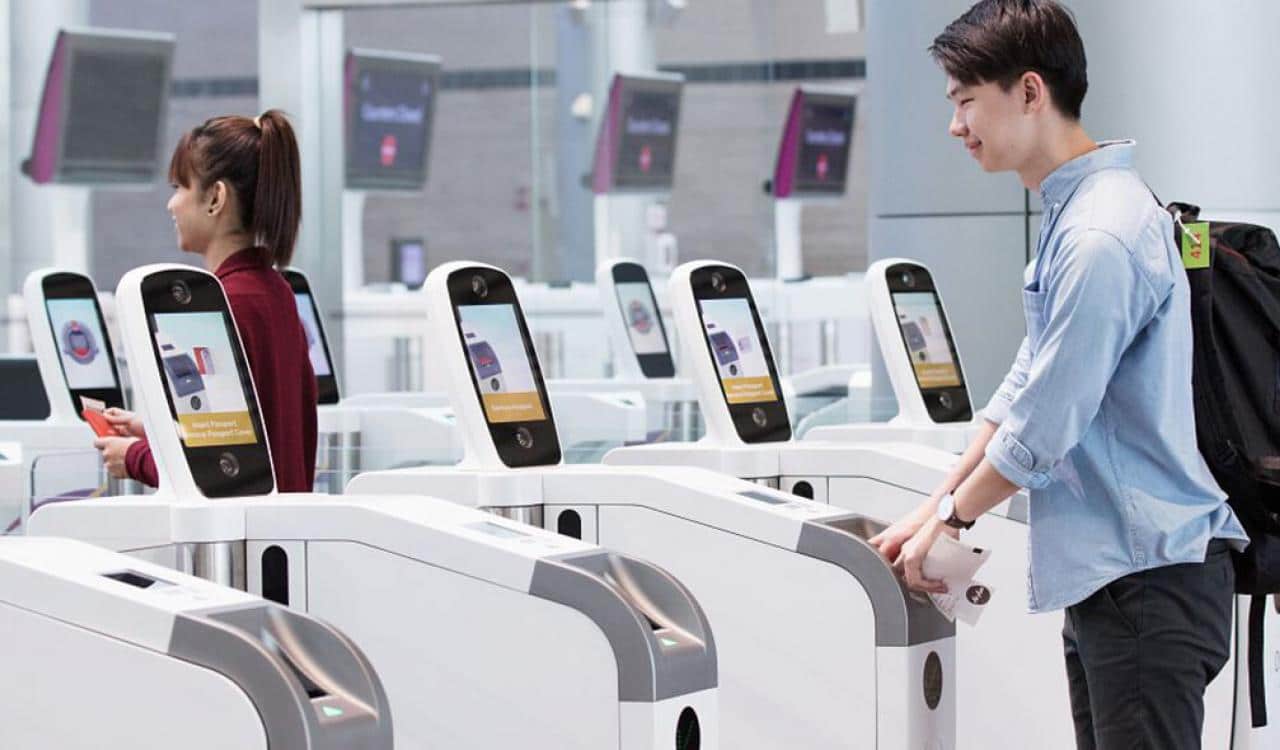The role of airports revolves around being energetic focal points for travel and trade, with a daily influx of millions of passengers. Amid this unceasing movement of people, the need to implement rigorous security measures takes on a pivotal role. Access control stands at the forefront of airport security strategies, acting as the first line of defence against potential threats. Here, Alcatraz Ai explains how in recent years, facial biometrics has emerged as a cutting-edge technology, and can now offer unparalleled accuracy and efficiency in creating secure and safe airport environments.
The core of access control
Access control refers to the management of who can enter specific areas within an airport. This essential security measure prevents unauthorised individuals from accessing sensitive zones, such as secure terminals, runways, control towers, and baggage handling areas. By implementing strict access control protocols, airports minimize the risk of unauthorized access, tampering, theft, and potential acts of terrorism.
Critical elements of effective access control
- Physical Barriers: Physical barriers like fences, gates, and turnstiles restrict access to authorized personnel only. These visible deterrents play a crucial role in preventing unauthorised entry.
- Identification Systems: Access cards, PINs, and biometrics are identification methods used to verify the identity of individuals seeking access. These systems ensure that only approved personnel can enter restricted areas.
- Surveillance and Monitoring: Closed-circuit television (CCTV) cameras and security personnel monitor access points in real time. Constant surveillance helps security officials detect and respond to any suspicious activities promptly.
- Visitor Management: Airports frequently have visitors, including vendors and contractors. An efficient visitor management system ensures these individuals are accurately identified, verified, and granted appropriate access.
Facial biometrics – a transformation in airport security
Facial biometrics use unique facial features to verify individuals’ identities. This innovative approach has gained significant traction due to its accuracy, speed, and non-intrusive nature. And, according to Alcatraz AI facial biometrics stands out as one of the best technologies to bolster airport security for the following reasons:
- Incredible Accuracy: Each person’s facial features are distinct, making facial biometrics one of the most accurate identification methods. Advanced algorithms analyse specific points on a person’s face, such as the distance between the eyes, nose shape, cheekbones, and jawline, to create a unique biometric template.
- Speed and Efficiency: Facial biometrics systems work swiftly, making them ideal for high-traffic areas like airports. Employees or Vendors can be identified within seconds, reducing waiting times and improving operational efficiency.
- Contactless Identification: In a post-pandemic world, minimizing physical contact is crucial. Facial biometrics offers a touchless solution, enhancing safety.
- Deterrence and Prevention: The mere presence of facial biometric technology can act as a deterrent to potential wrongdoers. Knowing that the facial biometric technology will swiftly confirm their identity, individuals with malicious intent are discouraged from attempting unauthorised access.
Adapting to the changing landscape
As airports continue to evolve into complex connectivity ecosystems, security measures must grow, too. Access control remains a cornerstone of airport security, effectively safeguarding sensitive areas from potential threats. The introduction of facial biometrics marks a transformative shift, bringing unprecedented accuracy, efficiency, and safety to airport environments.
Source: SECURITY WORLD MARKET


